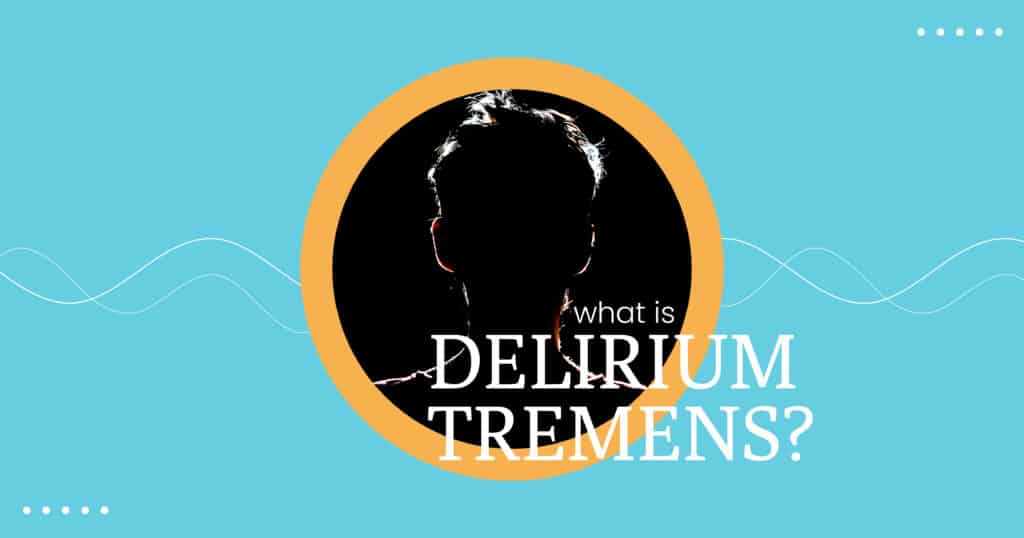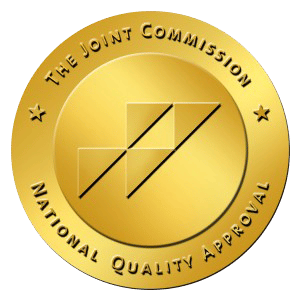Delirium Tremens (DT) is a potentially life-threatening condition associated with alcohol withdrawal. It is considered a severe form of alcohol withdrawal that typically occurs in individuals with a history of chronic alcohol abuse who abruptly stop drinking. DTs are characterized by a combination of physical and mental symptoms, including severe confusion, hallucinations (visual, auditory, or tactile), tremors, and autonomic hyperactivity.
Symptoms of Delirium Tremens
Understanding the symptoms of delirium tremens is crucial for early intervention and treatment. The onset of DTs usually begins 24 to 72 hours after the last drink, but it can be delayed up to 10 days. Common symptoms include:
- Severe confusion and disorientation
- Hallucinations (visual, auditory, or tactile hallucinations)
- Tremors (shaking or trembling)
- Excessive sweating
- Rapid heart rate and irregular heartbeat
- High blood pressure
- Fever
- Seizures
These symptoms can escalate quickly, making immediate medical attention essential. DTs represent one of the most severe manifestations of alcohol withdrawal, often requiring inpatient care and sometimes mechanical ventilation in extreme cases. Alcohol withdrawal delirium is a medical emergency that demands prompt treatment to prevent serious complications, such as cardiovascular collapse. The symptoms of alcohol withdrawal, including the risk of seizures, can vary significantly based on the individual’s history and amount of alcohol intake.
Causes and Risk Factors
Delirium tremens are primarily caused by the sudden cessation of alcohol in individuals with a long history of heavy drinking. Various factors for delirium tremens can increase the risk of developing DTs, including:
- Amounts of alcohol: Excessive alcohol consumption is the most significant risk factor.
- Previous episodes of DTs or severe withdrawal symptoms: Having experienced severe withdrawal in the past increases the risk.
- Concurrent medical conditions: Liver disease, infections, or other medical comorbidities can exacerbate the condition.
- Age and gender: Middle-aged and older adults, particularly men, are at higher risk.
Additionally, a prolonged period of heavy alcohol use can lead to significant changes in brain chemistry. Chronic alcohol exposure disrupts the balance between inhibitory neurotransmitter GABA and excitatory neurotransmitters such as glutamate, leading to the severe symptoms seen during withdrawal from alcohol. Heavy alcohol consumption increases the likelihood of experiencing severe withdrawal symptoms, including seizures, hallucinations, and changes in mental status.
Auditory hallucinations are a particularly distressing symptom, where patients hear things that are not present, exacerbating the severity of their condition.
Diagnosis of Delirium Tremens
Diagnosing DTs involves a combination of medical history, physical examinations, and diagnostic tests. Critical steps in the diagnostic process include:
- Medical history and physical examination: Assessing the patient’s history of alcohol use and withdrawal symptoms.
- Neurological examination: Checking for signs of confusion, disorientation, and other neurological symptoms.
- Laboratory tests: Blood and urine tests to check organ function, electrolyte levels, and the presence of alcohol or other substances.
A metabolic panel is often included in the diagnostic workup to assess the patient’s overall metabolic state and identify any metabolic disturbances that may require correction. The Assessment of alcohol withdrawal severity, including symptoms of withdrawal, is crucial for determining the appropriate level of care, which may include hospitalization in an intensive care unit. Visual hallucinations can further complicate the patient’s mental state, where they see things that are not real, often requiring careful management.
Patients may present to the emergency department with severe withdrawal symptoms, necessitating immediate evaluation and stabilization by medical professionals.
Treatment of Delirium Tremens
Delirium tremens requires immediate medical treatment, often in a hospital setting. The main goals of treatment are to manage symptoms, prevent complications, and ensure patient safety. Key components of treatment include:
- Medications: Benzodiazepines are commonly used to reduce central nervous system activity and alleviate symptoms. Other drugs, such as antipsychotics and anticonvulsants, may be used in severe cases. Massive doses of benzodiazepines for alcohol withdrawal are sometimes necessary to control severe symptoms.
- Intravenous fluids and electrolyte replacement: To correct dehydration and imbalances.
- Monitoring and supportive care: Continuous monitoring of vital signs and providing supportive care, such as oxygen therapy, if needed.
- Long-term alcohol use disorder treatment: Addressing the underlying alcohol dependency through counseling, support groups, and rehabilitation programs.
The American Society of Addiction Medicine Working Group on Pharmacological Management of Alcohol Withdrawal provides guidelines for the treatment for alcohol withdrawal, emphasizing the importance of individualized care. SAMHSA’s National Helpline offers resources for those seeking help, including information on inpatient treatment and outpatient treatment options. Patients with delirium tremens often require detoxification for alcohol under close supervision to prevent complications.
Prevention of Delirium Tremens
Preventing delirium tremens involves managing alcohol use and seeking help for alcohol dependency. Key preventive measures include:
- Avoiding alcohol intake: The most effective way to prevent DTs is to abstain from alcohol.
- Gradual reduction: If quitting alcohol, do so under medical supervision to reduce the risk of severe withdrawal symptoms.
- Treatment of alcohol dependence: Engaging in long-term treatment plans, including counseling, support groups, and rehabilitation programs, to manage and overcome alcohol dependency.
For those with a history of severe alcohol withdrawal syndrome, engaging in a structured detoxification program is crucial. Medical alcohol detoxification under the supervision of healthcare professionals can help manage minor withdrawal symptoms and prevent the escalation to more severe forms. Outpatient settings may be suitable for some patients, depending on the severity of alcohol withdrawal. It’s important to note that detoxification of patients should be accompanied by a comprehensive treatment plan that addresses both the physical and psychological aspects of alcohol dependency.
Alcohol addiction is a chronic condition that requires ongoing management. The Mental Health Services Administration provides resources and support for individuals struggling with alcohol addiction and withdrawal.
Conclusion
Delirium tremens is a severe medical condition that requires prompt and effective treatment. Recognizing the symptoms, understanding the risk factors, and seeking immediate medical attention can significantly improve outcomes. Long-term management of alcohol use disorder is essential to prevent future episodes and ensure overall health and well-being.
If you or a dear one is struggling with alcohol dependency and is at risk of delirium tremens, it’s crucial to seek professional help immediately. Early intervention can save lives and provide a path to recovery. Alcoholics Anonymous and other support groups can offer ongoing support and help prevent relapse.
Patients with alcohol dependence are at high risk for future episodes of withdrawal. Therefore, it is essential to address the underlying issues contributing to alcohol craving and dependency. American Addiction Centers provide comprehensive treatment options tailored to the needs of alcohol-dependent patients, including both inpatient care and outpatient management.
Craving for alcohol is a significant challenge for individuals recovering from dependency. Clinical trials are continuously exploring new treatments and interventions to address alcohol withdrawal and dependency effectively.
FAQs
What is the mortality rate of delirium tremens?
The mortality rate of untreated delirium tremens can be as high as 5-15%. With prompt and adequate treatment, the mortality rate significantly decreases.
Can delirium tremens occur after just one episode of heavy drinking?
Delirium tremens typically occur in individuals with a history of chronic and heavy alcohol use. It is less likely to occur after a single episode of heavy drinking.
How long does it take to recover from delirium tremens?
Recovery from delirium tremens can take anywhere from several days to weeks. Hospitalization is often required to manage and monitor symptoms during the acute phase.
Is there a cure for delirium tremens?
While there is no cure for delirium tremens, it is highly treatable with appropriate medical care. This focuses on managing symptoms and preventing them.
What are the long-term effects of delirium tremens?
Long-term effects can include persistent cognitive deficits and an increased risk of future withdrawal episodes. Long-term alcohol use disorder treatment is essential for preventing relapse and managing overall health.









